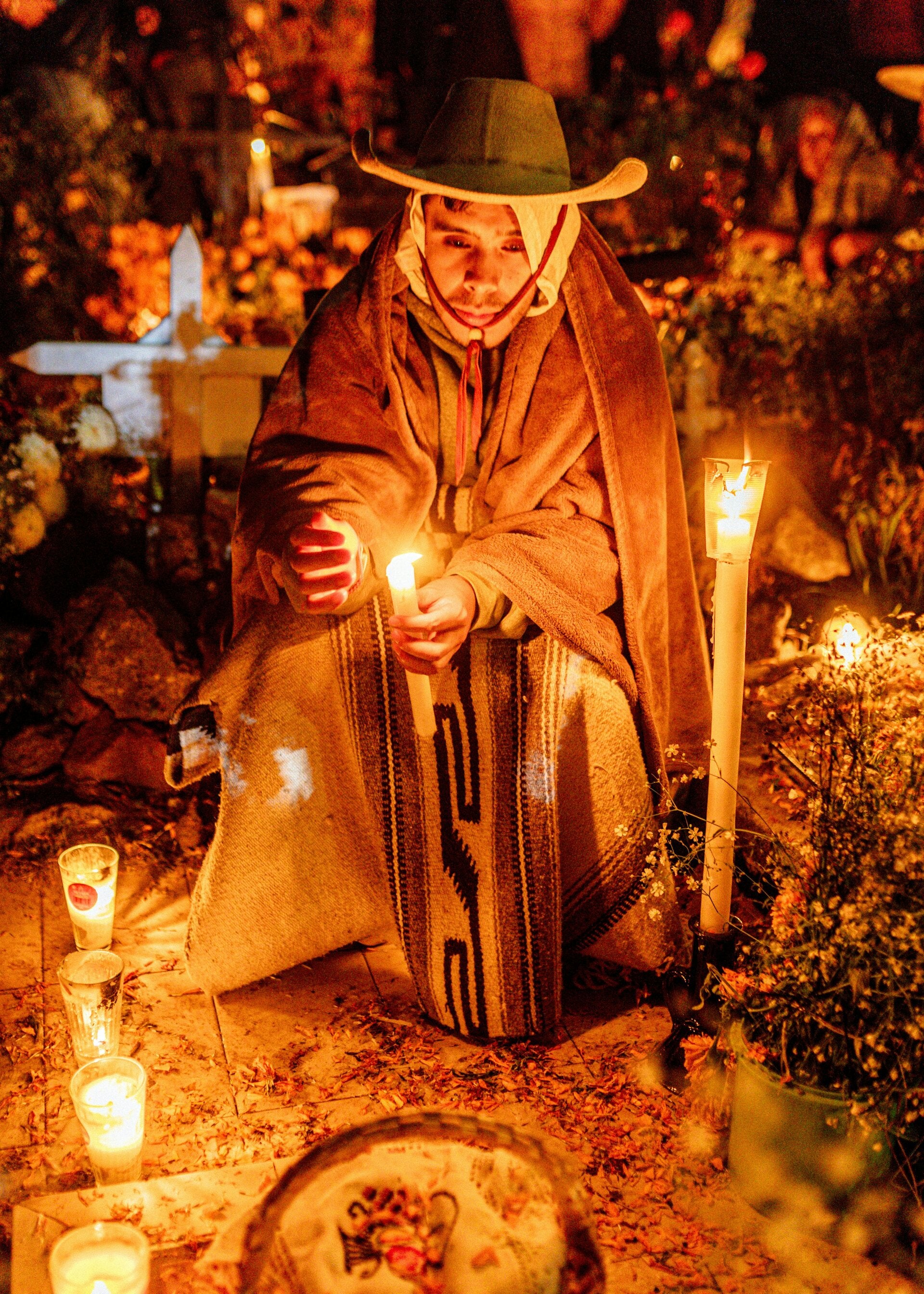History of Brujería
Here is a somewhat brief history behind Brujería and its origins.

Brujería: A Deep History of Resistance, Spiritual Fusion, and Cultural Survival
Brujería represents a profound historical tradition that unites resistance with spiritual fusion and cultural preservation. Brujería functions as a complex system of folk magic and spiritual practice that developed from the historical interactions between colonialism and resistance and cultural survival in Latin America. Brujería exists as multiple distinct beliefs and rituals that developed separately across different regions, yet they all stem from the initial contact between Indigenous peoples and enslaved Africans and European colonizers.

Colonial Roots and Syncretism
During the 16th century Spanish conquistadors and missionaries established their colonial rule across extensive territories in the Americas which led to the emergence of brujería. The Spanish Crown declared Catholicism as the state religion while their forces worked to eliminate all Indigenous spiritual traditions through violent missions. Hundreds of thousands of Africans from West and Central Africa arrived in the New World through the transatlantic slave trade while preserving their spiritual traditions including Yoruba (Orisha), Kongo and Bantu religious practices.
The harsh conditions of forced conversion and slavery and cultural destruction forced colonized people to develop syncretic belief systems which combined Catholic symbols with African and Indigenous cosmologies. The spiritual fusion allowed communities to preserve their ancestral knowledge through secret practices as they followed Catholic norms in public. The practice of brujería developed as a hidden form of resistance which utilized Catholic symbols to hide African and local religious practices.

Brujería in Mexico
The distinctive evolution of brujería in Mexico developed because of its large Indigenous population consisting of Nahua, Maya, Zapotec, and Mixtec communities, followed by Afro-Caribbean influences from Veracruz and the Gulf Coast. The healing practices of the Indigenous people, such as temazcal sweat lodges, herbalism, dream interpretation, and animal spirit communication, became part of what is now known as brujería.
Mexican brujería adopted elements from Spanish folk Catholicism, which included beliefs about the evil eye (mal de ojo) as well as saints, holy water, candles, and prayers. The spiritual elements of African origin entered the mix through Cuban Santería and Haitian Vodou in port cities such as Veracruz. The region developed its own distinct combination of curanderismo (folk healing) with Catholic devotion and magical practices.
The largest physical center of brujería in Mexico exists at Mercado de Sonora in Mexico City. This area goes across multiple market stalls selling amulets and statues of saints and animal bones and herbs and spell kits and ritual items that combine traditional Catholic and occult practices. Mexican brujas who practice their craft use folk saints such as Santa Muerte (Saint Death) and Jesús Malverde to protect and seek justice for marginalized communities
.

Colonial Suppression and Survival
During the colonial period through to the present day, church authorities and state institutions have persecuted brujería by calling it heresy or demonic superstition. The church and state institutions targeted women along with Indigenous healers and Afro-descendant spiritual leaders because they practiced what they called "witchcraft" or "paganism." The practice of brujería endured because it had strong roots in community traditions, particularly among people who lacked access to medical care and judicial systems and official protection. The spiritual practice served as a means for people to express their concerns about health issues and romantic relationships and financial struggles and safety needs and childbearing and legal matters. The community recognizes brujos and brujas as respected figures who provide remedies and spiritual guidance to those in need.

Modern Brujería: Reclamation and Empowerment
The combination of urban migration with media sensationalism and the growing Pentecostal and evangelical Christian movement during the 20th century resulted in more negative representations of brujería as superstition, criminal activity, or satanic practice. The practice of brujería experienced a powerful revival during the last part of the 20th century and the beginning of the 21st century. The modern practitioners of brujería actively work to restore and redefine their practice among young Latinx people and women and queer practitioners and members of feminist and Indigenous and decolonial movements. The survival origins of brujería have transformed into a spiritual path that gives autonomy, cultural pride, and ancestral healing to its practitioners. The practice of brujería spreads through social media platforms and books and workshops and mutual aid networks, which highlight its anti-colonial heritage and its resistance to white supremacy and patriarchy and its spiritual connection to Earth and the spirit world. The practitioners of brujería choose to focus on healing ceremonies, or they integrate traditional practices with modern self-care approaches and political activism and social justice initiatives. The contemporary brujería movement unites spiritual practice with cultural development to establish a movement that promotes ethical conduct, environmental stewardship, and community development.
Create Your Own Website With Webador